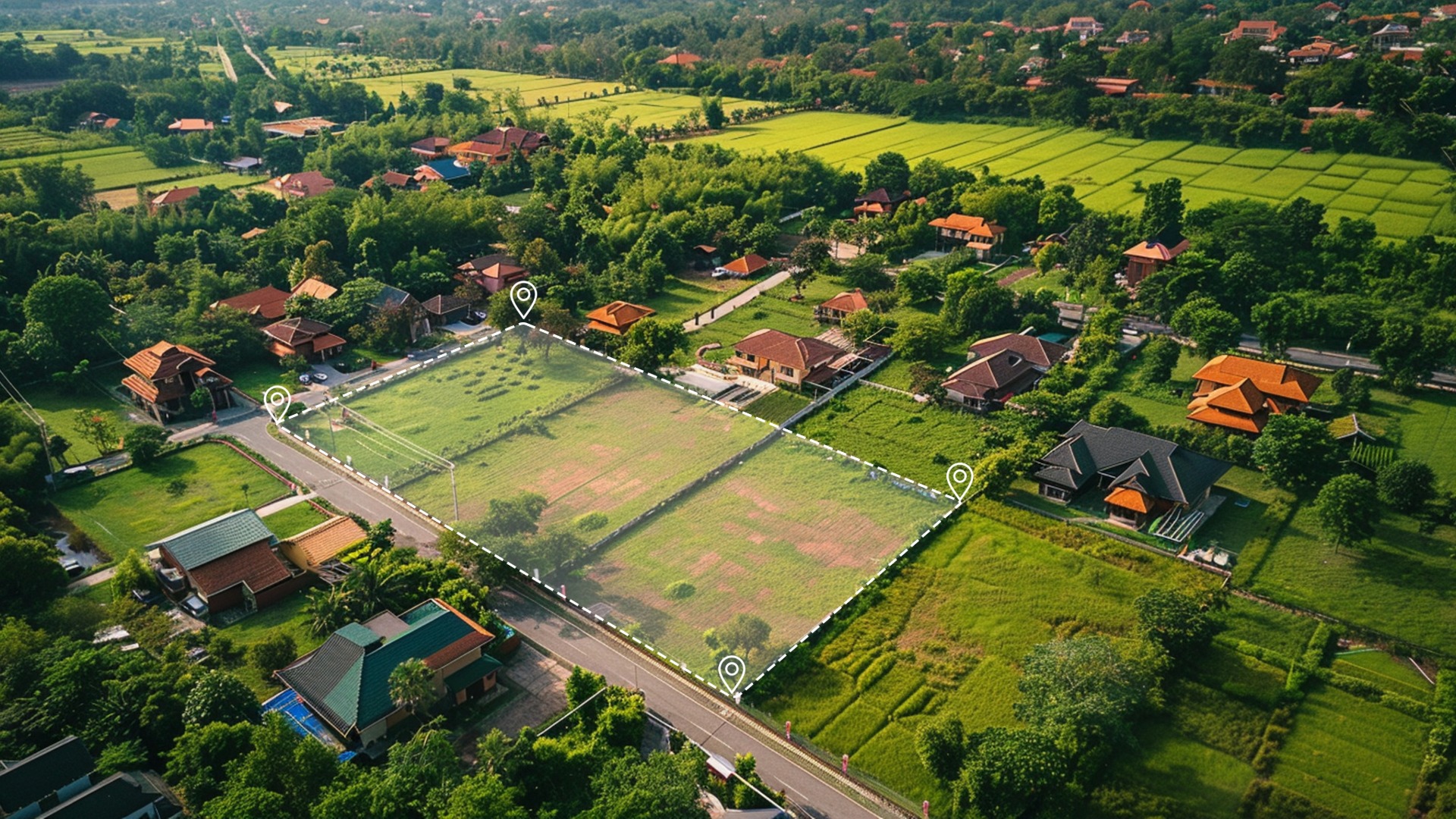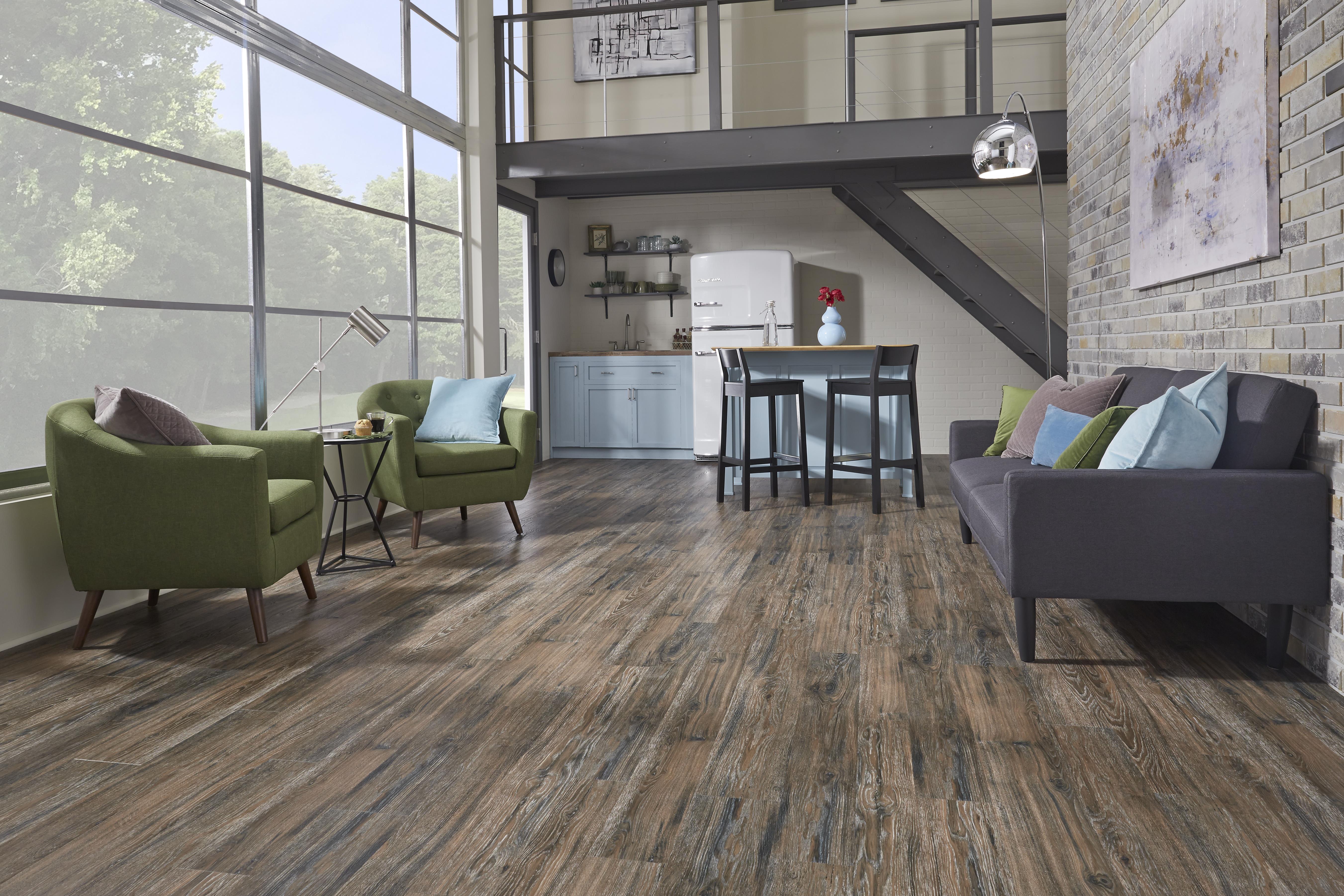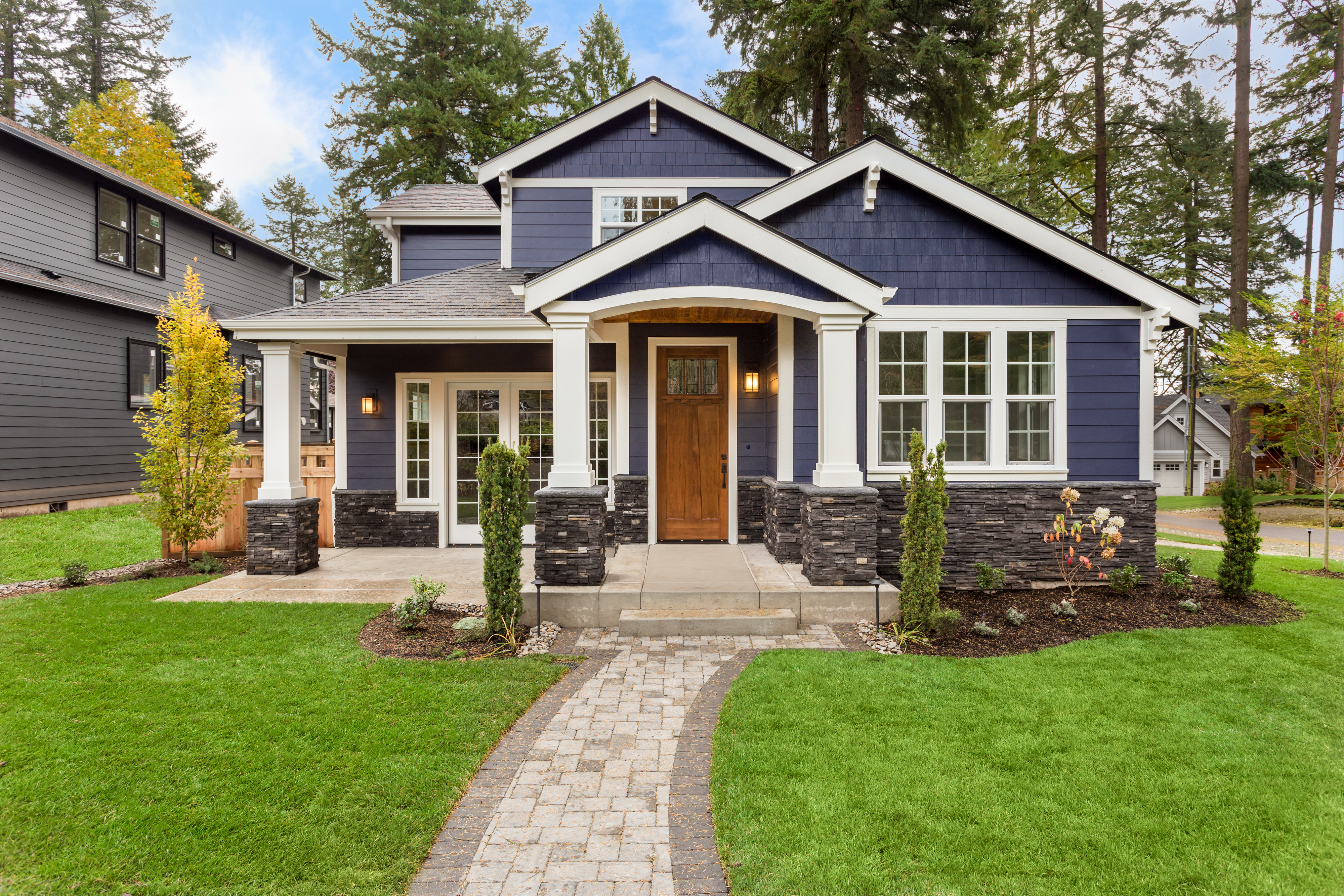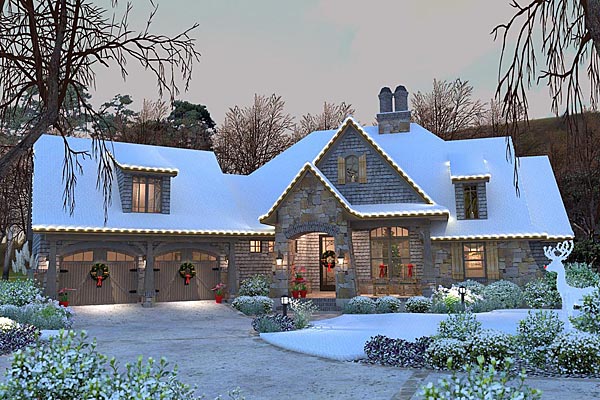How to Choose the Right Lot for Your Dream Home
Before the walls go up and the foundation is poured, your dream home begins with something even more important—the land it will sit on. Choosing the right lot is one of the most critical decisions you’ll make in the home-building process. The lot you select impacts not only the design of your home, but also your lifestyle, budget, and long-term property value.
Here are five key factors (plus one bonus!) to consider before making your choice:
1. Location and Lifestyle
The old saying is true: location, location, location. A beautiful home on the wrong lot can quickly feel like the wrong home. Think about how your daily routines intersect with your location:
-
Commute times: Is the lot close enough to work, schools, or shopping centers? A longer commute may not seem like a big deal now, but it can wear on you over the years.
-
Community amenities: Do you want to be near restaurants, medical facilities, or recreational spaces like parks and walking trails?
-
Privacy vs. neighborhood life: Some people want acreage with no visible neighbors, while others thrive in planned subdivisions with sidewalks and community pools.
Real-world example: A family might love the tranquility of a rural lot but later discover that grocery runs and school drop-offs are time-consuming and stressful. On the other hand, a suburban neighborhood could offer convenience but lack the peace and quiet you crave.
Pro Tip: Visit the lot at different times of day—morning, afternoon, and evening. Observe noise levels, traffic flow, and even how the sunlight hits the property.
2. Lot Size and Shape
A lot’s dimensions directly influence the type of home you can build. Narrow or shallow lots may restrict you to certain styles, while larger parcels offer more flexibility.
-
Narrow lots: These often pair best with two-story homes to maximize living space while maintaining curb appeal.
-
Wide or deep lots: These allow sprawling ranch-style homes, bigger garages, or outdoor features like pools, gardens, or detached workshops.
-
Irregular lots: While sometimes challenging, these can create unique curb appeal and opportunities for creative landscaping.
It’s also important to know setback requirements (how far your house must be from the property line). These rules vary by city or county and may drastically reduce the buildable area.
Pro Tip: If you already have a favorite house plan, compare its dimensions against the lot before purchasing. Our advanced search filters make it easy to find plans tailored to narrow, corner, or sloped lots.
3. Topography and Soil Conditions
The lot’s physical features often determine whether your dream home is feasible—or financially practical.
-
Flat lots: Easier and less expensive to build on.
-
Sloped lots: Perfect for homes with walkout basements or multi-level outdoor living areas. However, they may require retaining walls or specialized drainage.
-
Rocky or clay-heavy soil: Can increase excavation and foundation costs.
Hiring a professional for a soil test and site evaluation is worth every penny. Issues like poor drainage, unstable soil, or underground rock can quickly inflate your budget if not discovered early.
Example: One buyer scored a “deal” on a wooded hillside lot, only to find out it required $40,000 in excavation before construction could begin. What seemed like savings turned into unexpected debt.
Pro Tip: Look at how rainwater flows on the property. Standing water or washed-out areas could signal drainage problems.
4. Utilities and Infrastructure
Modern living depends on reliable access to utilities. Before purchasing a lot, confirm availability of:
-
Water & sewer connections: If unavailable, you may need a well and septic system, which requires proper soil conditions and local permits.
-
Electricity & natural gas: Running power lines or gas lines can be costly in rural areas.
-
Internet service: Fast, reliable internet is no longer optional for many families, especially if you work from home.
Don’t overlook road access. A beautiful property with a long private driveway may need significant grading, paving, or maintenance over time.
Pro Tip: Factor the cost of extending or installing utilities into your budget. A lot priced $15,000 lower than others in the area could actually end up costing more if utilities aren’t readily available.
5. Restrictions and Future Value
Before falling in love with a lot, investigate potential restrictions.
-
Homeowners associations (HOAs): These may control exterior design, landscaping, or even where you can park vehicles.
-
Zoning laws: Some lots are zoned agricultural, commercial, or multi-family, which may limit or complicate building.
-
Architectural guidelines: Certain neighborhoods have rules about minimum square footage, building materials, or roof styles.
Long-term value is another consideration. Even if this is your “forever home,” market trends and resale potential matter. Ask yourself: will this location appreciate over time?
Pro Tip: Check local city planning offices for upcoming developments. A quiet field next door could become a shopping center in five years.
Bonus Factor: Natural Surroundings and Orientation
Beyond the basics, think about how the natural environment affects daily life.
-
Views: Do you want windows facing a mountain, lake, or open field?
-
Sunlight: A south-facing lot may allow for better natural light and energy efficiency.
-
Trees and landscaping: Mature trees provide beauty and shade but could require removal or limit building placement.
Thoughtful orientation can lower energy bills and boost comfort. Imagine morning light streaming into your kitchen or sunsets visible from your back porch—that’s the magic of picking the right lot.
Final Thoughts
Choosing the right lot is about balancing dreams with practicality. The best property isn’t just the cheapest or the most scenic—it’s the one that supports your home design, fits your lifestyle, and makes financial sense. By carefully evaluating location, size, topography, utilities, restrictions, and natural orientation, you’ll lay the strongest possible foundation for your dream home.
And once your lot is secured, the next step is just as exciting: finding the perfect house plan to bring your vision to life. At Family Home Plans, we offer about 30,000 customizable home plans designed to fit every lot, budget, and lifestyle.











Leave a Reply